My latest experiments in rye bread have been relatively good. I took out my notebooks from school and followed my archaic notes, going for a 70/30 percent rye-wheat combination loaf. Both my teachers, David Norman and Nick Greco had shared duties teaching us the different parts of the course. David was a numbers man, Nick a hands on baker. We would get formulas from the handbook, but most often got a more personal lesson, with each teachers own variations and experience filling in the blanks.
This particular rye was sort of a generic test bread with which we fiddled to get the look and feel in differences and handling of rye and wheat. There also was a 50/50 combination , but I felt challenged with a higher percent of rye! The first loaf was miserable. My levain was a bit tired and wasn't sufficiently fermented so it gave no life to this waste basket specimen! Feeling a bit like I was getting snake eyes, I left my starter feed, bubbling for a good eight hours. Getting home after a long shift, I proceeded to make the dough. It's a quick rise; a bit of yeast for boost and the lively rye got it on its feet in no time. Actually the notes read "10 min first rise! Shape." I chose a loaf pan rather then a round banneton. Then I allowed it to rise for for about 35-40 minutes, in which time I pre-heated my stove. By that time the loaf was peaking at a clip over the edges of the pan. I popped it into the oven with a slash and spray! What a emerged was a light and lovely loaf.
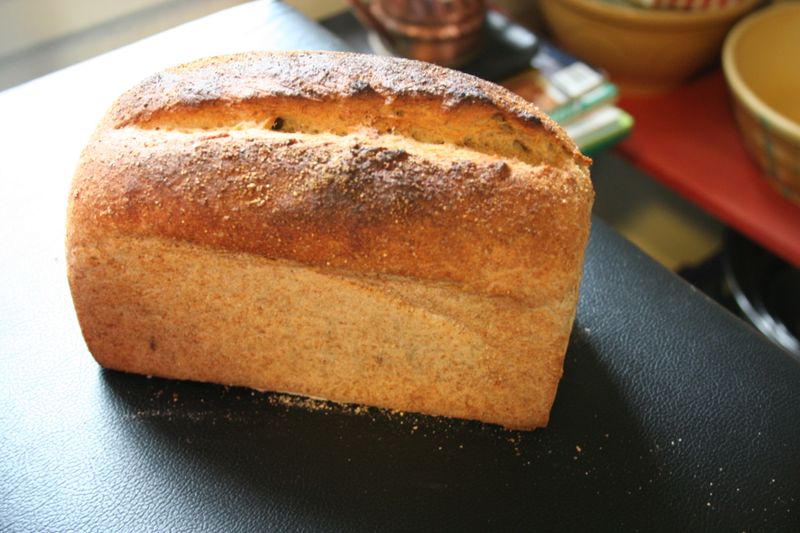
My next bread was a formula from our Italian bread section at school, a pane di segale con pancetta. Literally a rye with pancetta. On my visits to Arthur Ave. in the Bronx, I had seen a loaf of this bread displayed in a window of a now shuttered bakery. It's a rustic rye, with a 85 percent hydrated wheat biga, studded with pancetta which I slightly cooked. It's enriched with a bit of olive oil. Though I never made this in class, the idea of fatty pork in a rye loaf, well what can I say, sounded too good to pass up!
Rye is, and has been, a mystery to me, but knowing it and eating it as much as I do, I find it even more peculiar that it's not being baked here by more bakeries and bakers. Most of my references for recipes come from Germany, Switzerland and France, where it is celebrated. The most difficult part is finding the various grain, chops, meals, and flours for the various formulas. That makes it especially hard to bake the same sort of loaf, but I won't give up that easily! These are my first steps. Now to translate the various books and formulas, I have to understand the mystery of rye.
This post I will enter for the one year anniversary of Yeast Spotting. Susan of wild yeast shares the various her venue with all who bake, a noble cause!
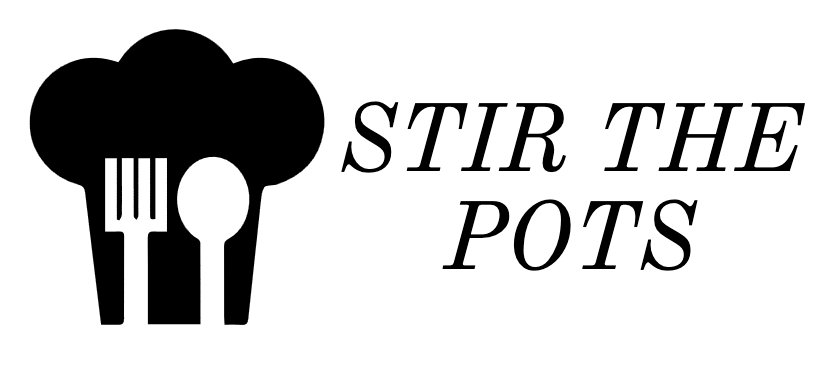
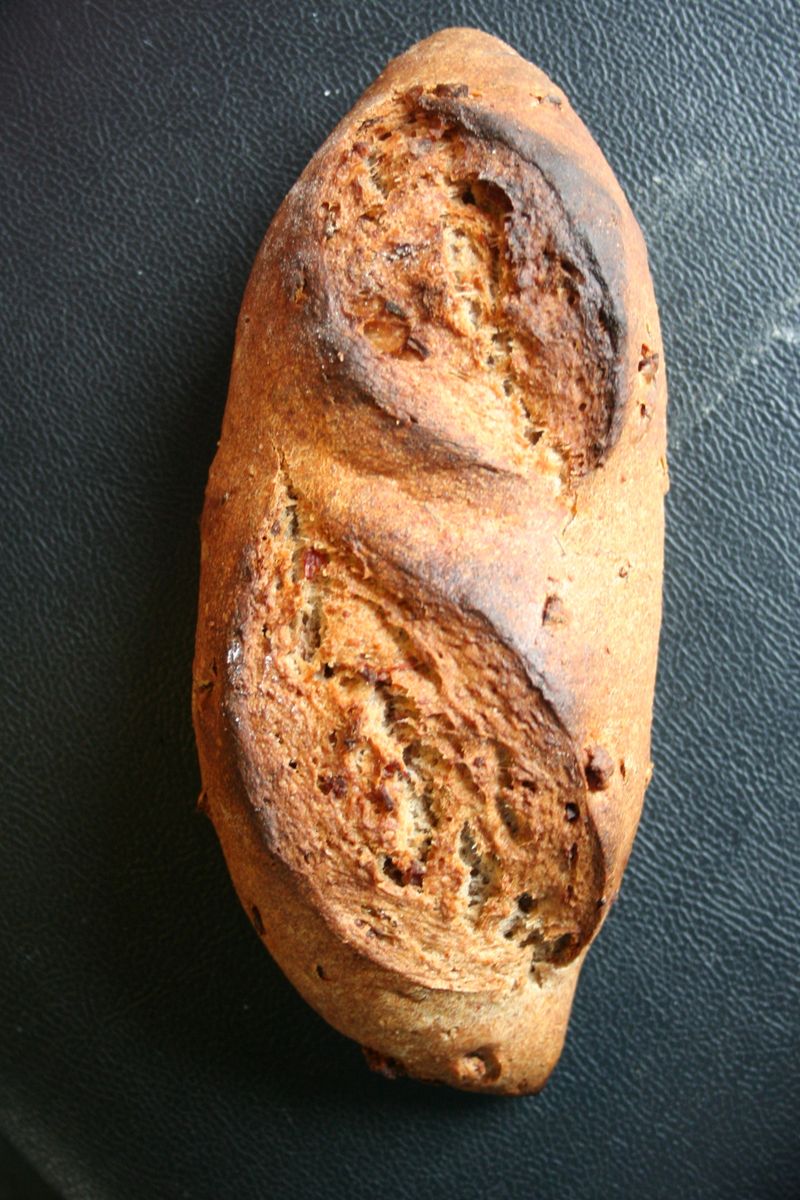
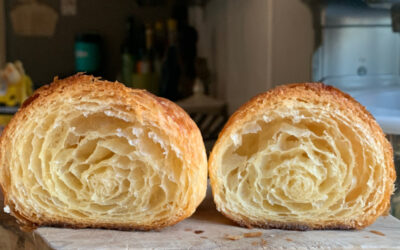
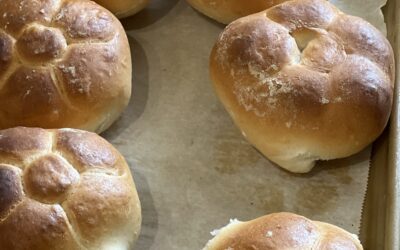

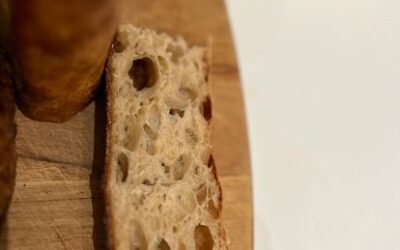
You are the most dedicated rye baker I know. Thanks for inspiring me to use it more, it’s such a wonderful grain. Your breads keep getting better and better!
Susan, thank you, but I don’t know if lack of sleep is a good training tool for better baking, I suppose I have had some lucky loaves so far though!
Rye is a wonderful grain, ashamed to say though it hasn’t gotten it’s due, I am just doing what I can to spread the word, as I know you are too, and what a great job you’re doing!
Thanks
These breads are beautiful. I’ve heard people say they didn’t like rye because its taste was too strong. But I suspect they never tried anything like yours…
Fantastic looking loaves!! You did a marvelous job.I’ve made potato loaves but not like this — nor did I use mashed potatoes.
Whoops! I meant rye breads!! Brain freeze. Regardless, the loaves are great.
Thanks Roger!
Jeremy